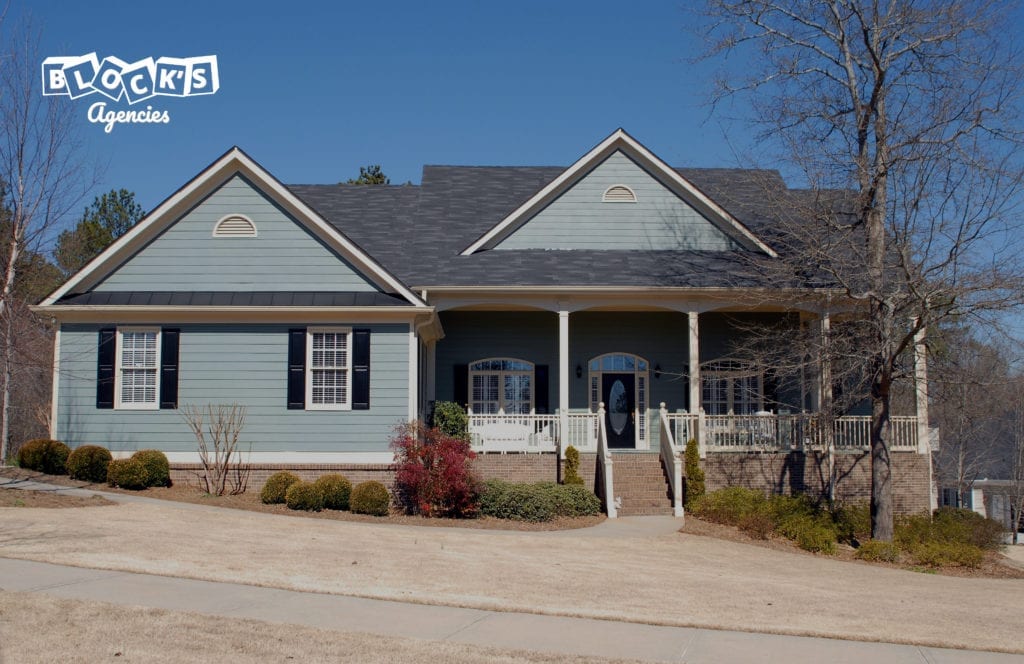Remember the days when you could leave your vehicles unlocked, your front door open and your tools in your truck box? Yes, those days have come and gone. Unfortunately we are no longer privileged with that level of trust, in our society. Whether its petty theft or gang related initiation, there are certain people who choose to do bad things to make a profit. Therefore, it is important to take measures to protect your family, your home and your prized possessions.
We have recently partnered up with Reed Security to help our clients, friends and family get a security system in place that will keep them protected. Reed Security was established in March 2000, right here in Saskatoon. This is important, because they are a part of our community and will do their best to look after you.
Technology has come so far, and what you can design in your house to make it “automated,” is simply amazing. Whether it’s a sensor in your basement to measure moisture levels, a doorbell that has a motion sensor camera built in it; or a thermostat you can control from your phone; you can make your house smarter than ever. You join all of these things together and the best value you’ll leave with, is Peace of Mind. So make sure you ask questions about all the options available to get those services that you value the most.
Since we have partnered with Reed Security, we have a promotional code you can use to obtain a “Free Smart Security & Automation System.” When you book your appointment or consultation, make sure you use the promo code: BLKSBORD. The best part is, after it is installed and operational, you can send in the security certificate to your insurance broker and they will apply a security intrusion discount on to your home insurance, this could result in a savings of up to 20%.
 So how do you get this started? You can call Dan Mulhall at Reed Security: (306) 716-9943 or email him at: dmulhall.dsss@gmail.com. Remember to use the promo code BLKSBORD.
So how do you get this started? You can call Dan Mulhall at Reed Security: (306) 716-9943 or email him at: dmulhall.dsss@gmail.com. Remember to use the promo code BLKSBORD.
If you have any questions or concerns, feel free to contact one of our branches for more information.
